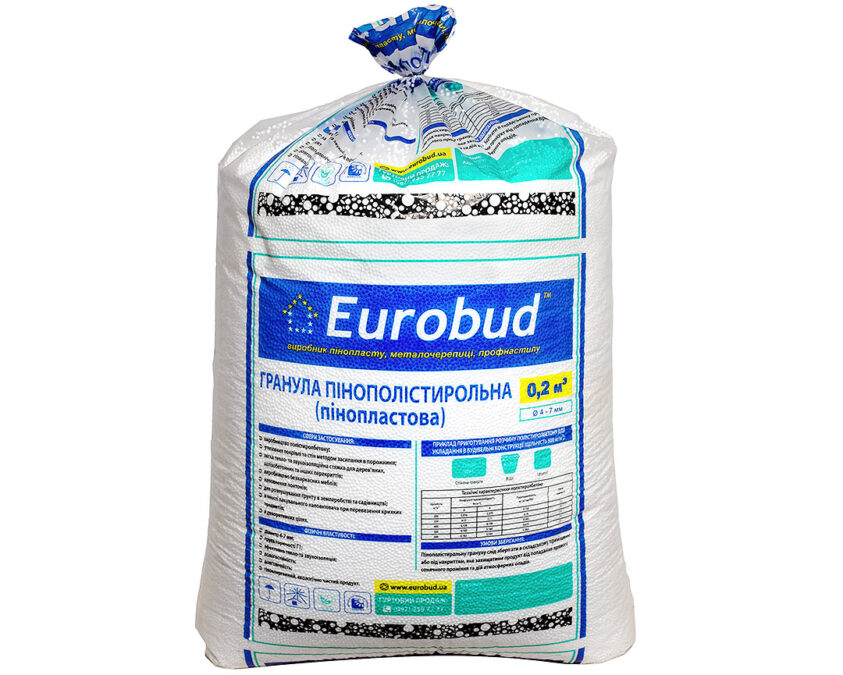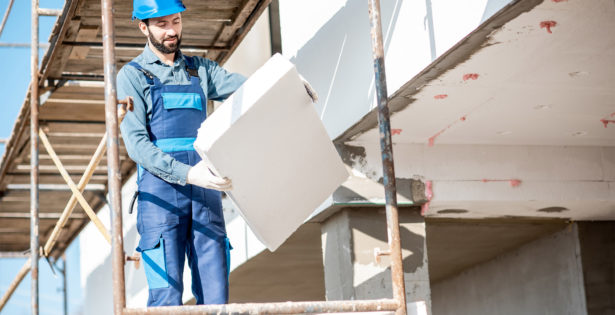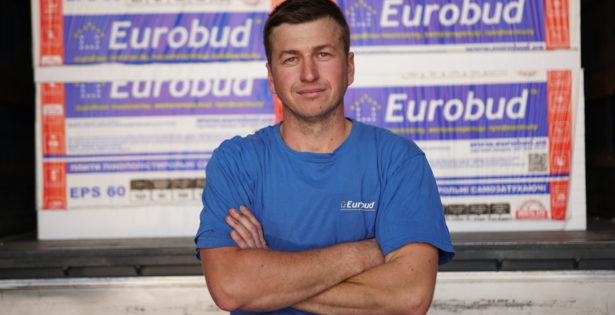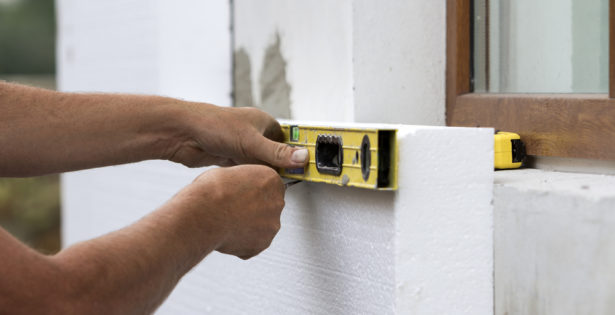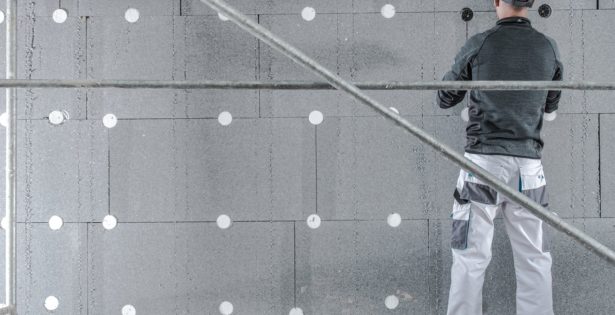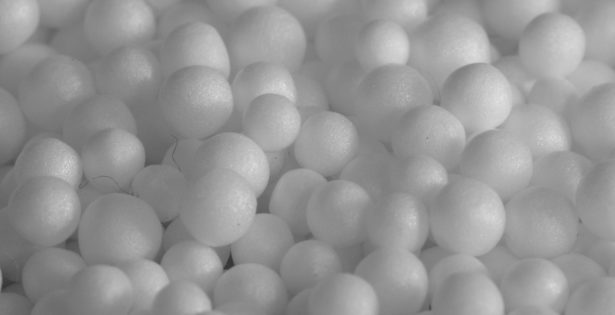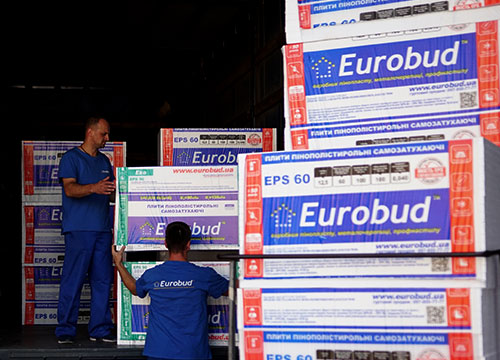popular questions
Which EPS is the best to choose for insulation?
For correct and effective insulation, it is necessary to choose foam of the appropriate brand and thickness, according to the loads and the project. For high-quality thermal insulation of facades, we recommend using foam plastic with a density of 12.5-18 kg/m³ (EPS 60 - EPS 100), a thickness of 15-25 cm. For thermal insulation of floors on the ground, foundations, plinths, flat and pitched roofs, you should choose foam plastic with a density of 15- 35 kg/m³ (EPS 80 – EPS 250), 15-35 cm thick.
You can read more about the recommendations for the use of brands in the "Application" section directly on the page of each foam brand, or ask for advice from our managers.
What parameters of expanded polystyrene should be considered when choosing an insulating material?
When choosing foam (EPS), you should pay attention to such a parameter as the coefficient of thermal conductivity λ (lambda), the value of which is in the range from 0.047 to 0.031 W/mK. The lower the value of the coefficient λ, the better the thermal insulation properties of polystyrene. Other parameters of polystyrene are also important, such as: density, tensile strength, flexural strength or compressive strength.
One of the main factors of Eurobud's openness and honesty is the placement of legible information about the product's parameters on each package. They are presented in the form of a table in which the main properties are indicated, such as the minimum density of the product in kg/m³, compressive strength (CS), bending strength (BS), tensile strength level (TR) and the declared coefficient of thermal conductivity indicated by the symbol λD.
Also, you can always easily check the foam for quality yourself. The self-check procedure is very simple: weigh a pack of polystyrene, divide its weight by the volume of the package (the volume of a standard pack is 0.3 m³) and compare the result with the recommended density indicated on the package or in the table shown below.
Is the indicator of the stated density of expanded polystyrene plates important?
YES! Definitely important!
Information about the density of polystyrene is not required by regulations and is not standard on the packaging. However, it is this indicator that determines the quality of the product. Eurobud places the density on the packages to guarantee its consumer that he is buying a quality, safe and
durable expanded polystyrene. Additional labeling not only makes it easier to choose the right expanded polystyrene, but also gives everyone the opportunity to check whether the product meets the declared parameters.
Modern Styrofoam is a completely fireproof material!
Styrofoam does have the ability to burn, but its self-burning time does not exceed 4 seconds, if there is no additional source of fire. Modern expanded polystyrene EPS contains flame-retardant additives, which ensure its self-extinguishing and fire resistance. The legend that styrofoam is fire-hazardous has its roots in Soviet times, when the quality and production technology of styrofoam differed significantly from modern standards. Today's Styrofoam is a high-quality, self-extinguishing material that does not spread flames.
Styrofoam is classified by the group of flammability as a material of group G1 according to DSTU 8829:2019 and as a material of class E according to the class of reaction to fire according to DSTU EN 13501-1. ETICS systems with polystyrene EPS according to EN 13501-1 are classified as not lower than the reaction to fire class B-s1, d0, which confirms their high level of fire safety.
We provide all test protocols that confirm the fire safety of TM Eurobud foam.
Is the EPS durable as insulation material?
YES! Eurobud on the basis of the State Research Institute of Building Structures has officially confirmed the term of effective operation of foam plastic without loss of primary properties for at least 50 years.
Is it true, that mice eat EPS?
No! Rodents do NOT eat Styrofoam. Styrofoam does not contain any nutrients for rodents. Accordingly, styrofoam plates are not food for mice. With the right choice of foam and high-quality insulation work, this issue will never bother you!
No, not harmful! Styrofoam does not emit toxic substances, so it is safe to use and does not harm your health. Moreover, foam plastic is an environmentally friendly product. The Eurobud company's products have undergone an independent expert assessment of compliance with the requirements of environmental standards at all stages of the life cycle: from raw materials to the finished product, and have been certified by the Ukrainian environmental mark "Green Crane".

